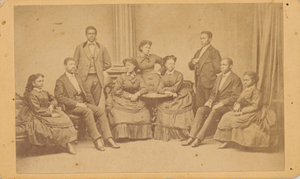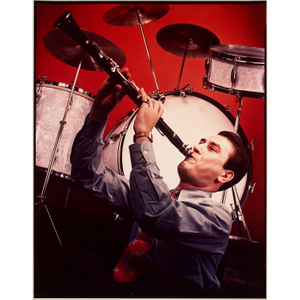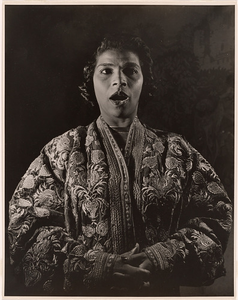Description
Born on the plantation where his mother had once been a slave, lyric tenor Roland Hayes found his voice while singing African American spirituals in the church choir. He first encountered classical music through a recording of Italian opera tenor Enrico Caruso. “That opened the heavens for me,” Hayes later recalled. “The beauty of what could be done with the voice just overwhelmed me.” Initially rebuffed by professional managers because of his race, Hayes arranged and promoted his own concerts, steadily gaining recognition while touring from coast to coast. In 1920 he traveled to Europe, where he gave a command performance for British royalty and won over a hostile crowd in Berlin. Returning to the United States in 1923, Hayes continued to break new ground, appearing as a soloist with the Boston Symphony Orchestra and pushing for integrated seating at his concerts in southern cities.El tenor lírico Roland Hayes, nacido en la plantación donde su madre había sido esclava, descubrió su voz cantando espirituales afroamericanos en el coro de su iglesia. Un disco del tenor italiano Enrico Caruso fue su primer encuentro con la música clásica. “Se me abrió el cielo”, recordaría más tarde. “La belleza que podía producir la voz me dejó sencillamente abrumado”. En un principio, rechazado por los agentes artísticos a causa de su raza, Hayes se dedicó a coordinar y promover él mismo sus conciertos, realizando giras de costa a costa que le ganaron un creciente reconocimiento. En 1920 viajó a Europa, donde ofreció un concierto...
Image
Pastel On Board
National Portrait Gallery, Smithsonian Institution; gift of Lawrence A. Fleischman and Howard Garfinkle with a matching grant from the National Endowment for the Arts





















